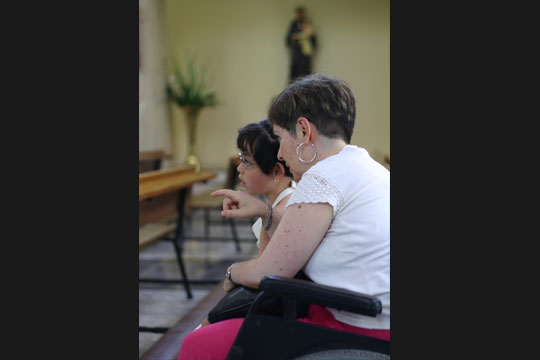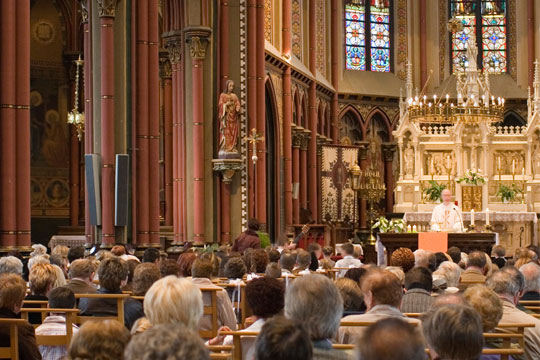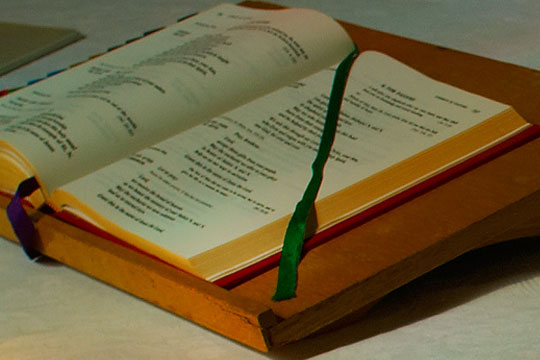This is the first article in a series about liturgical catechesis.

I have a confession: I have an alter-ego. “The Liturgical Catechist” moniker was born when I realized that being both a catechist and a liturgist means I have something to offer the Church that doesn’t always come naturally to either liturgists or catechists. Too often, these ministries occupy separate “silos” in the average parish. However, the General Directory for Catechesis reminds us that “catechesis is intrinsically bound to every liturgical and sacramental action” (GDC 30).
The average catechist may not have my background in liturgy; nevertheless, there are simple liturgical strategies that can be injected into catechetical sessions. You don’t have to be an expert in liturgy to use symbols, gestures, verbal formulas, and props that connect young people to the Mass and help them develop a liturgical sensibility. Whether children regularly attend Mass or not, our role as catechists is to form them into disciples. Since Jesus Christ is truly present in the Sacrament of the Eucharist, we have to assist young people—and their parents—to understand the Mass so that they can fully participate in the liturgy.
So why should catechists (and catechetical leaders) develop the skills to become liturgical catechists? Here are five good reasons.
- The Mass is the “source and summit” of our Catholic life. From it flows how we live the beliefs we profess in the Creed and how we cooperate with God in carrying out the mission that Jesus gave us—to preach, teach, and baptize in the name of the Trinity.
- Vatican II identified one of goals of Christian education as learning “how to worship God the Father in Spirit and in Truth” (Gravissiumus Educationis, 2). In other words, part of the catechist’s job description is to teach the liturgy.
- We still have a long way to go to achieve one of the goals of Vatican II: full and active participation in the Mass. If you look around at Mass during an average First Holy Communion or during the Mass for Confirmation, you will see many parents, children, and sponsors who are not participating or doing so very minimally.
- Learning about liturgy doesn’t stop after First Communion. We have too many teens and adults with a second-grade knowledge of the Mass. (No wonder many of them think it’s boring!)
- Living the liturgical year is a requirement for a full Catholic life. The liturgical year brings us closer to Christ and the Communion of Saints, and it is part of our Catholic identity.
Over the next few months, I will guide you in developing the skills to become liturgical catechists. You will learn what to observe and study, what objects to put in your liturgical bag of tricks, how to connect to the Sunday lectionary, and how to connect to Sunday Eucharist.
To begin to equip yourself for this important work, read Beyond the Catechist’s Toolbox by Joe Paprocki; visit my website, The Liturgical Catechist; or like the Liturgical Catechist Facebook page. You may even become inspired to begin your own path to becoming a liturgical catechist.





Be the first to comment